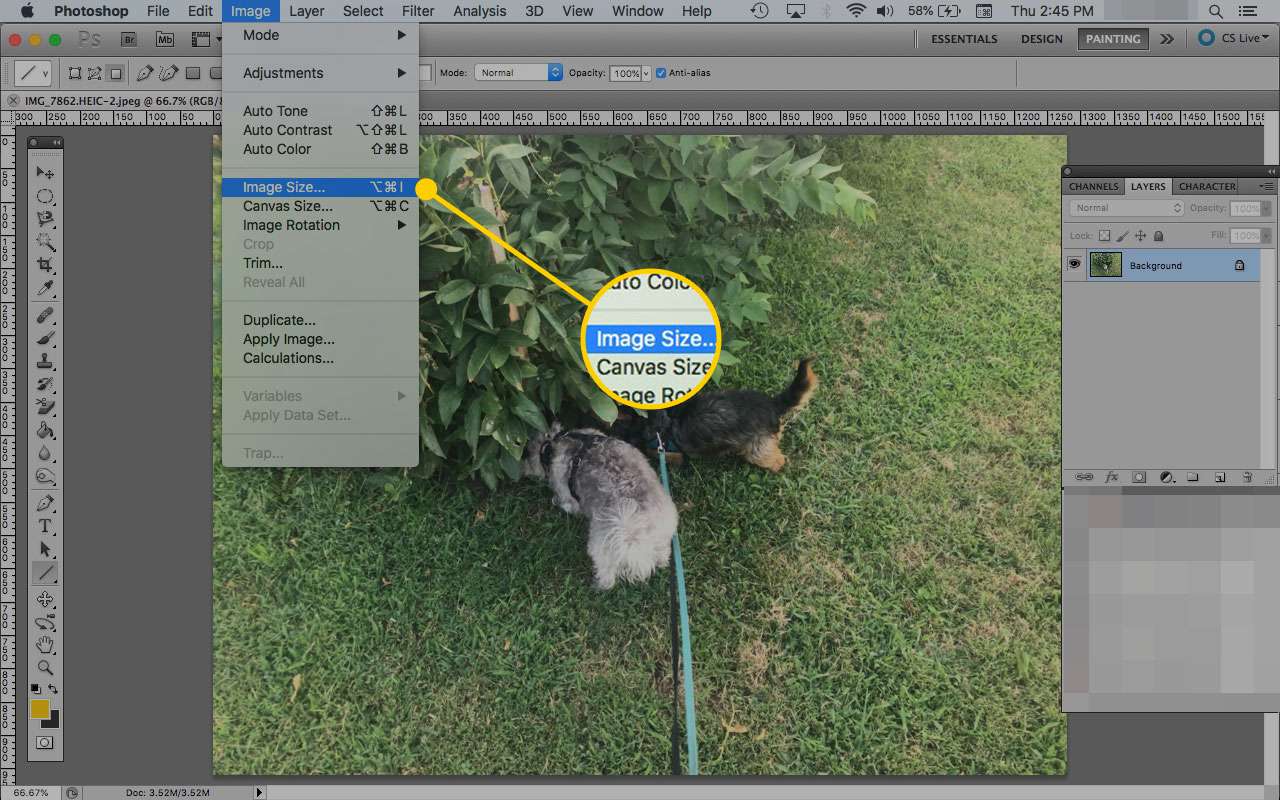“Best Practices for Saving Web Images in Photoshop” – Best Practices for Saving Web Images in Photoshop is essential for anyone looking to optimize their online visuals. In the digital age, where first impressions are often made through images, knowing how to save your photos correctly can make all the difference. From choosing the right file format to adjusting quality settings, effective image saving techniques ensure your artwork not only looks great but also loads quickly on any device.
Understanding how to navigate Photoshop’s saving options empowers you to enhance your web presence. By leveraging tools like compression and format selection, you can reduce file sizes while retaining quality, making your images web-ready. Whether you’re a photographer, designer, or content creator, mastering these best practices is crucial for delivering stunning visuals that engage and captivate your audience.
In today’s digital landscape, the importance of effective communication cannot be overstated. From personal interactions to professional correspondence, the ability to convey messages clearly and succinctly is a skill that can greatly influence outcomes. Whether you are drafting an email to a colleague, creating a report for your manager, or even composing a social media post, embracing a casual yet formal tone can enhance your engagement and ensure that your message resonates with your audience.Understanding the nuances of communication is crucial.
The balance between casual and formal language can depend on several factors including the context, the audience, and the purpose of your message. For instance, in a business environment, while formality is often appreciated, a casual approach may foster a friendlier atmosphere, encouraging open dialogue and collaboration. Striking this balance requires awareness and adaptability.To achieve this, consider the following strategies:
1. Know Your Audience
The first step in effective communication is understanding who you are speaking to. Are they colleagues, clients, or friends? Tailoring your language to suit your audience not only demonstrates respect but also increases the likelihood that your message will be well-received. For example, while a friendly tone might be perfect for a team meeting, a more polished approach might be necessary for a client presentation.
2. Use Clear Language
Avoid jargon and overly complex words unless necessary. Clarity should always be your primary goal. Instead of saying, “We need to synergize our efforts to optimize productivity,” you could say, “Let’s work together to improve our efficiency.” This approach keeps your communication clear and approachable.
3. Incorporate Personal Touches
A casual tone often involves personal anecdotes or relatable references. Sharing a relevant story can make your communication more engaging and relatable. For example, if you’re discussing a challenge faced at work, you might say, “Just the other day, I ran into a similar issue while working on a project, and here’s how I tackled it…” This not only makes your message more interesting but also builds a connection with your audience.
4. Maintain Professionalism
While a casual tone is inviting, it’s essential to retain professionalism. This means respecting boundaries and being mindful of your language. Avoid slang or overly informal language that might undermine your credibility. A good rule of thumb is to be friendly yet respectful, fostering an environment where everyone feels valued.

5. Encourage Feedback
A two-way communication style is vital in ensuring that your message is understood. Ask for feedback or invite questions. Phrasing such as, “What do you think about this approach?” or “Do you have any suggestions?” encourages participation and shows that you value the opinions of others.
6. Practice Active Listening
Communication is not just about speaking; it also involves listening. Being attentive to the responses of your audience can provide insights into how your message is being received and allow you to adjust accordingly. For instance, if you notice puzzled expressions, it might be time to clarify your points or rephrase your message.
7. Use Visual Aids
In many contexts, visual aids can enhance understanding. Whether it’s a chart in a presentation or an infographic in a report, visuals can help convey information more effectively. Just remember to keep them relevant and straightforward, supporting your main points rather than overwhelming your audience.
8. Edit and Revise
Before sending out any written communication, take the time to review and edit. Look for areas where you can simplify your language or improve clarity. A second pair of eyes can also be invaluable—consider having a colleague review important documents to ensure they convey the intended message.
9. Be Authentic
Finally, authenticity shines through in communication. Being yourself, while still being respectful and professional, can create a more inviting atmosphere. Sharing your genuine thoughts and feelings can foster trust and rapport with your audience.In conclusion, mastering the art of casual formal communication is a worthwhile endeavor that can enhance both personal and professional relationships. By knowing your audience, using clear language, maintaining professionalism, and being authentic, you can ensure your messages are not only received but also appreciated.
Embrace these strategies in your daily interactions and watch as your communication skills flourish.As we navigate this constantly evolving digital world, let’s remember that effective communication is a key component of success. So, take a moment to reflect on your communication style today. Are you striking the right balance? Are you engaging your audience while maintaining professionalism? By making small adjustments, you can significantly improve how you connect with others, fostering a more collaborative and enjoyable environment for everyone involved.


